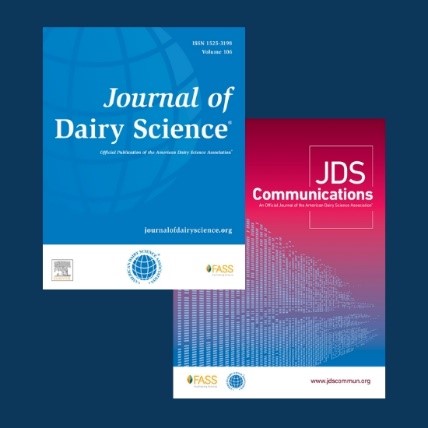 Dear authors, readers, and colleagues,
Dear authors, readers, and colleagues,
We are pleased to announce that, as of April 2023, we have adjusted our processes to place Journal of Dairy Science and JDS Communications articles into the hands of researchers and readers faster than ever before.
This adjustment supports an overall aim to ensure we make the publication process the best it can be. The field of dairy science continues to advance and innovate, and we are committed to ensuring our journals meet the changing needs of authors and readers, while also maintaining our rigorous standards and record of excellence.
As such, we’ve streamlined our production process to allow for accepted, peer-reviewed proofs to be released early as uncorrected “articles in press.” This reduces the time from approval to publication from months down to weeks. Shortened production time is a benefit to our authors, who will be able to more rapidly share their research findings. It will also support early career scientists, who can now document their publication accomplishments in an even more timely manner. The change also benefits our readers, who will gain faster access to publications describing the cutting-edge research, innovations, and breakthroughs happening in dairy science.
Our streamlined production process will align more with practices of other leading journals and will not impact the long-held scientific rigor of our journals, nor does it impact our established overall peer-review process. The publications staff, our section editors, and I continue our commitment to maintaining fairness, excellence, and thoughtfulness at the core of our publishing process. To ensure complete transparency, I’ve provided the answers to a few frequently asked questions down below.
If you’re curious about the academic publishing process in general or want to go behind the scenes of the ADSA ecosystem of journals, I highly recommend watching my recent webinar, “Scientific publishing: Choosing a peer-reviewed journal and highlighting your scholarly and creative activity,” where I shared the details of our transparency, timeliness, and abilities to provide world-class editorial quality.
Paul Kononoff
pkononoff2@unl.edu
twitter.com/rumen8er
Frequently Asked Questions